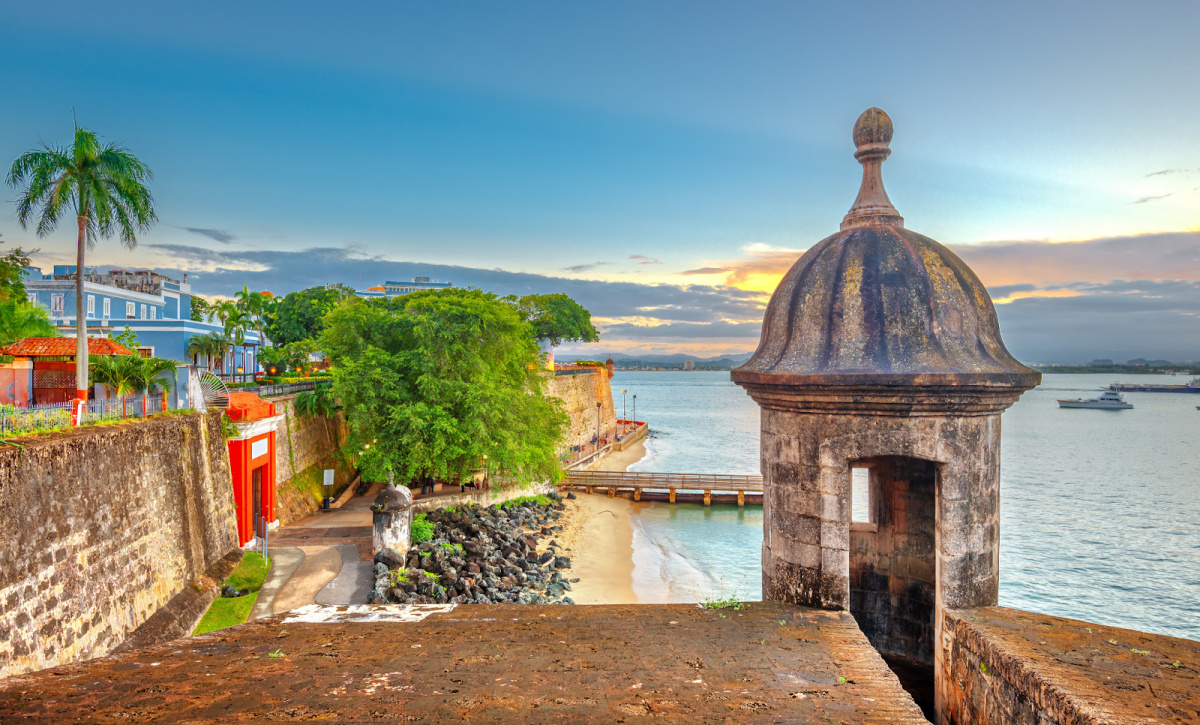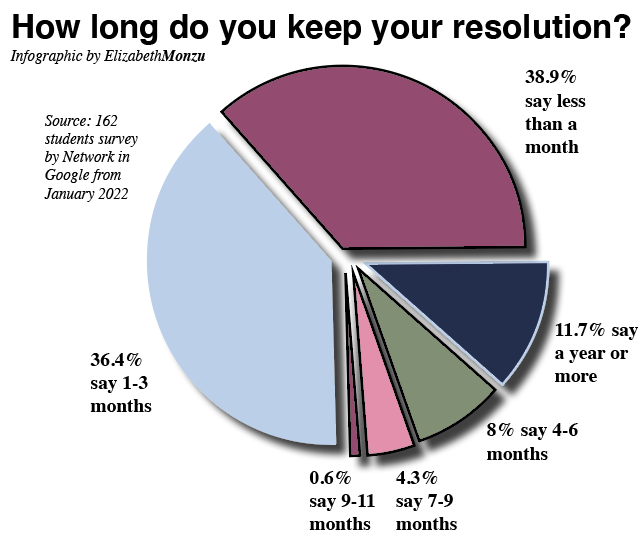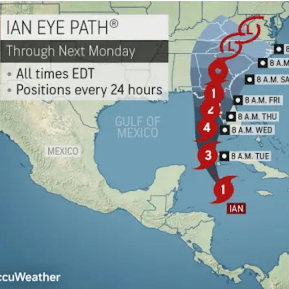
Over the last couple of weeks, Hurricane Ian has impacted parts of the country. So far, during the hurricane season of 2022, Ian has been the worst in terms of how it has affected the United States. Ian first popped up on many people’s radars around the 21st of September when it came across South America. Over the course of the next week, weather experts watched it move from north of Venezuela all the way to Cuba.
Florida
On September 27, people in Florida that were right in the path of Hurricane Ian were told to evacuate. Many people ended up leaving their homes while others stayed behind, a decision many regret. There was a bit of controversy about if the evacuation orders were too late since the hurricane made landfall one day later on the 28th.

Press International
The eye of the hurricane went unexpectedly right through Fort Myers, Florida. Experts said that the Tampa area and Hillsborough County would get the worst of the storm a few days prior, but it ended up going a couple of hours south.
Lee County and the Fort Myers area are said to have accounted for almost half of the hurricane-related deaths in Florida. President Joe Biden referred to Hurricane Ian as the “deadliest hurricane in Florida’s history” (The Washington Post). The worst part of the hurricane was the flooding. About 60% of the people that died during the storm drowned. Some places had storm surges as high as 18 feet. This is why many of the people that were killed happened to be elderly.
South Carolina
After going through Florida, Ian was downgraded to a tropical storm, but when it went back over the Atlantic Ocean, it went back up to a Category 1 hurricane. The storm made an impact in South Carolina on Friday, the 30th. Compared to Florida, South Carolina didn’t experience the amount of destruction or the number of people killed or injured until roofs were blown off of homes and washed away sand dunes from flooding.
Back Home

Hurricane Ian eventually made its way up to New Jersey, but luckily it wasn’t considered a hurricane anymore. There was a bit of rain over a few days, but there weren’t any strong gusts of wind. Ian’s biggest impact was on the coast of the Atlantic Ocean; some beaches up and down the Jersey Shore suffered severe erosion. Beach Haven, Harvey Cedars, and Stone Harbor all had anywhere from 8 to 12-foot drop-offs on their dunes.
Now it will take many places in the United States lots of time and money to recover from what Mother Nature has done.




























